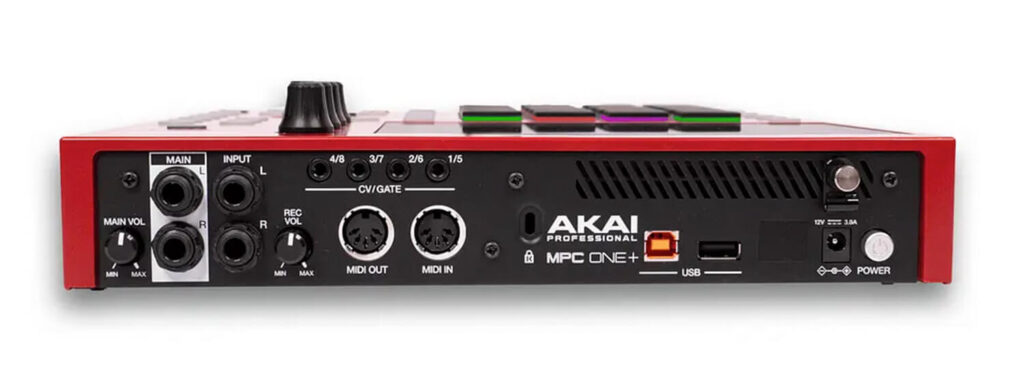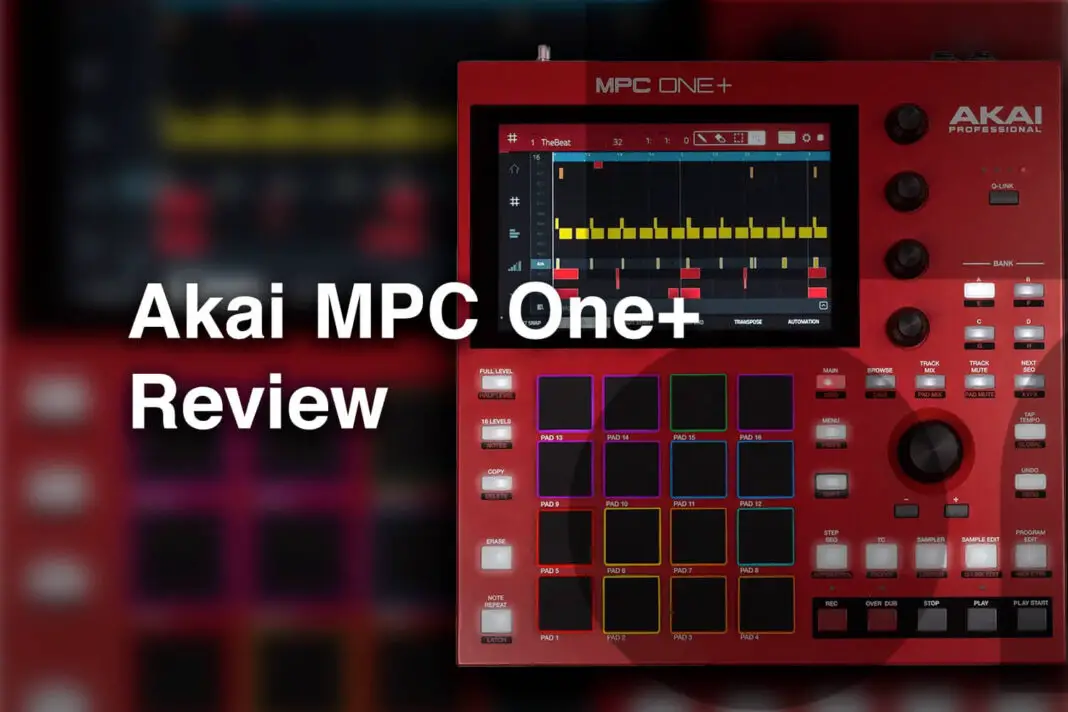The Akai MPC One revolutionized standalone music production when it launched, offering a compact yet powerful solution for beatmakers and producers. In 2025, Akai introduced the MPC One+, an upgraded version designed to build on its predecessor’s legacy. But does the One+ live up to the hype? Let’s break it down.
What’s New in the MPC One+?
While the original MPC One set the bar high, the One+ introduces several upgrades to enhance performance and connectivity. Here are the highlights:
- Wi-Fi and Bluetooth Integration
- The MPC One+ now comes with built-in Wi-Fi and Bluetooth, making it easier to transfer files, connect controllers, and integrate with cloud-based services like Splice.
- Expanded Storage
- With 16GB of internal storage (up from 4GB in the original), the One+ gives you more room to store projects, samples, and plugins right out of the box.
- Powerful Processing
- The One+ features an upgraded processor, ensuring faster performance and smoother workflows, even with demanding projects.
Read this next: Ableton Move Review: Portable Creativity Meets Innovation
Design and Build Quality
The MPC One+ retains its predecessor’s sleek, compact design, with the same durable build and 7-inch multi-touch display. Its layout is intuitive, featuring 16 velocity-sensitive pads that deliver Akai’s signature responsiveness, and a range of assignable knobs and buttons for tactile control.
While it lacks the large screen of the MPC X, its portability and streamlined interface make it a favorite for producers on the go.
Standalone Capabilities
One of the biggest draws of the MPC One+ is its standalone functionality. You don’t need a computer to produce professional tracks, thanks to:
- MPC Software 2: A fully integrated DAW with advanced sequencing, sampling, and mixing capabilities.
- Instrument Plugins: The One+ includes a suite of built-in synths and effects, from classic drum machines to lush virtual instruments.
- Sampling Workflow: Its legendary sampling engine is still unmatched, making it a dream for hip-hop and electronic producers.

Connectivity Options
The MPC One+ expands on its predecessor’s connectivity with:
- MIDI I/O
- Audio In/Out
- USB Ports for external drives and MIDI controllers.
- SD Card Slot for loading and saving projects.
The new wireless connectivity (Wi-Fi and Bluetooth) is a game-changer, enabling seamless collaboration and cloud integration.
Read this next: Arturia MiniFreak 3.0 Update: The Granular Synthesis Revolution
Pros and Cons
Pros
- Enhanced Connectivity: Wi-Fi and Bluetooth bring modern convenience.
- Faster Processor: Handles large projects effortlessly.
- Improved Storage: More room for samples and projects.
- Standalone Power: Everything you need without a computer.
- Affordable Price: At $799, it’s a steal for what it offers.
Cons
- Limited Screen Size: Some users may find the 7-inch display too small for complex projects.
- No Battery Option: Unlike the MPC Live II, the One+ requires external power, limiting its portability.
- Learning Curve: Beginners might need time to master its workflow.
Final Thoughts
The Akai MPC One+ is a worthy successor to the original, offering meaningful upgrades without straying from its core strengths. Its powerful standalone capabilities, enhanced connectivity, and improved storage make it a must-have for modern producers.
Rating: 4.5/5





